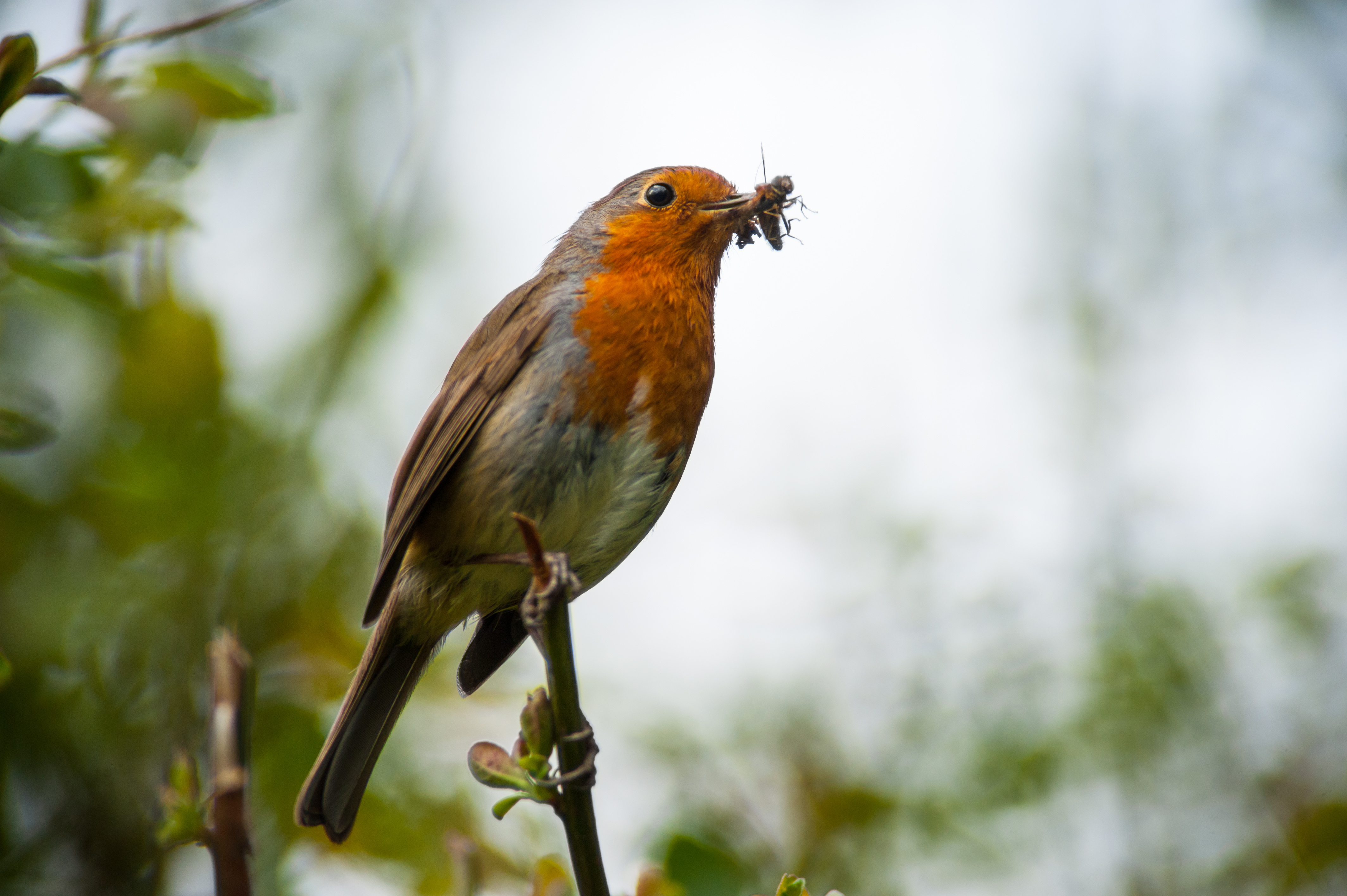



Biodiversity and climate are closely interrelated. On the one hand, biodiversity plays a key role in ensuring that we live in a stable climate and that vital cycles function; on the other hand, changing temperatures have an impact on animal and plant species. How can climate protection and nature conservation be thought together?
Preserving biodiversity is of fundamental importance
Preserving biodiversity is essential for climate protection and for adapting to the consequences of climate change. Healthy ecosystems store enormous amounts of greenhouse gases and contribute to the availability of important ecosystem services such as clean water or fresh air for all people. Biodiversity and climate change must be thought of together. Land and marine land use and ecosystem degradation, climate change, pollution, and the spread of invasive species all affect biodiversity. Biodiversity, in turn, favors that CO2 stored in soils or plants over decades and centuries remains there and is not released.
The interplay between biodiversity and climate change
Josef Settele, head of the Department of Conservation Research at the Helmholtz Centre for Environmental Research - UFZ in Leipzig, cites the Harz Mountains with its many spruce trees and the bark beetle as an example of the interplay between biodiversity and climate change. The bark beetle is a species that is heat-loving and is spreading due to rising temperatures in Germany. According to Settele, this would not be a problem in itself if we had a high diversity of tree species in our forests. This is because the bark beetle only attacks weakened trees. However, spruces - unlike many other native tree species - are particularly susceptible to the rising temperatures. If we now have a forest that consists mainly or even exclusively of spruce, as is the case in the Harz Mountains, for example, we will quickly lose an entire forest to rising temperatures and bark beetle infestation. A large part of the carbon stored in the forest is then released to the detriment of the climate.
The creation of new and the preservation of existing protected areas
The protection of biodiversity must be advanced
To mitigate climate change through carbon capture and storage, the creation of new and preservation of existing protected areas on land and in the ocean plays a vital role. However, for nature to help stabilize the climate, biodiversity conservation must be advanced. At the same time, we must succeed in drastically reducing emissions from fossil fuels.
In order to identify the links between climate change and the consequences for biodiversity, long-term observations are an indispensable basis. Helmholtz scientists are working to understand how biodiversity shapes the climate and vice versa.